Mitsubishi ASX VS Polestar 3 – Specs, Efficiency & Price Comparison
Which model is the better choice – the Mitsubishi ASX or the Polestar 3? We compare performance (158 HP vs 517 HP), boot capacity (484 L vs 484 L), efficiency (4.70 L vs 18.90 kWh), and of course, the price (20600 £ vs 67400 £).
Find out now which car fits your needs better!
The Mitsubishi ASX (SUV) is powered by a Petrol, Petrol MHEV or Full Hybrid engine and comes with a Manuel or Automatic transmission. In comparison, the Polestar 3 (SUV) features a Electric engine and a Automatic gearbox.
When it comes to boot capacity, the Mitsubishi ASX offers 484 L, while the Polestar 3 provides 484 L – depending on what matters most to you. If you’re looking for more power, you’ll need to decide whether the 158 HP of the Mitsubishi ASX or the 517 HP of the Polestar 3 suits your needs better.
There are also differences in efficiency: 4.70 L vs 18.90 kWh. In terms of price, the Mitsubishi ASX starts at 20600 £, while the Polestar 3 is available from 67400 £.
Compare all the key specs now and find out which model fits your lifestyle best!
Mitsubishi ASX
The Mitsubishi ASX presents itself as a compact crossover that combines practicality with style. Its sleek design and versatile interior make it an appealing choice for both urban and rural settings. With a focus on providing a comfortable driving experience, the ASX also offers a range of modern features that enhance connectivity and safety.
details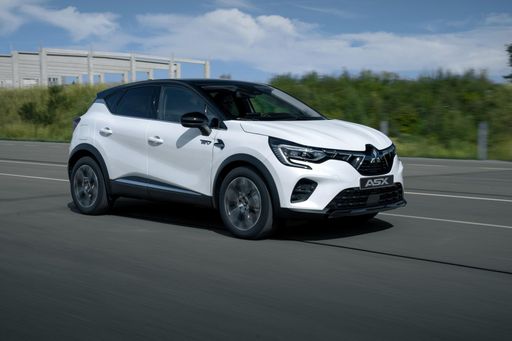 @ Mitsubishi
@ Mitsubishi
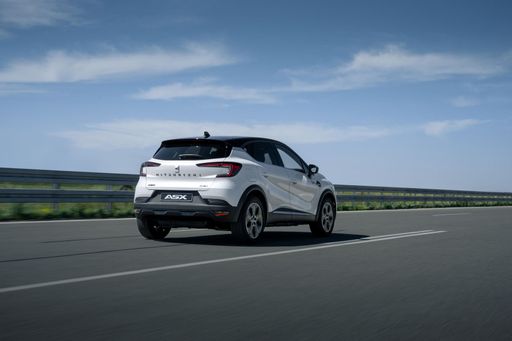 @ Mitsubishi
@ Mitsubishi
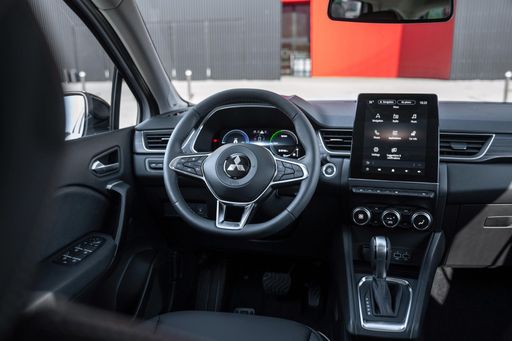 @ Mitsubishi
@ Mitsubishi
 @ Mitsubishi
@ Mitsubishi
Polestar 3
Der Polestar 3 präsentiert sich als eindrucksvolles Elektro-SUV, das skandinavisches Design mit nachhaltiger Technologie vereint. Die klare Linienführung und hochwertigen Materialien im Innenraum schaffen eine luxuriöse Atmosphäre, während das fortschrittliche Infotainmentsystem für modernste Konnektivität sorgt. Mit seinem leistungsstarken Antrieb bietet der Polestar 3 ein dynamisches Fahrerlebnis, das sowohl umweltfreundlich als auch leistungsfähig ist.
details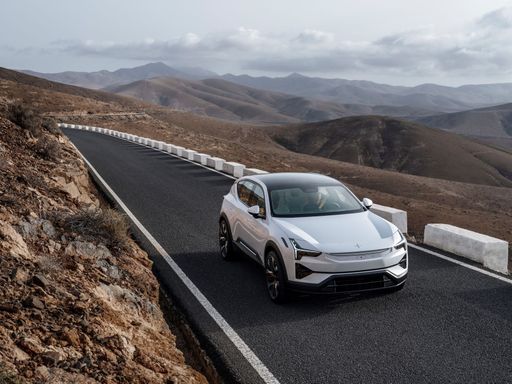 @ Polestar
@ Polestar
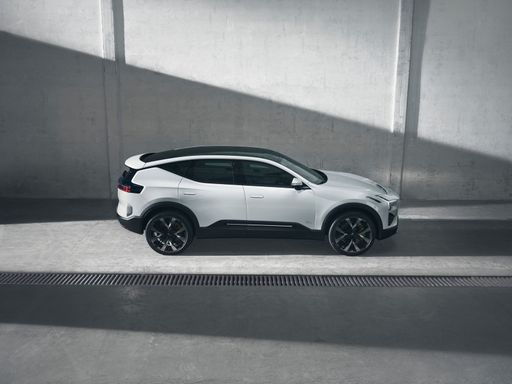 @ Polestar
@ Polestar
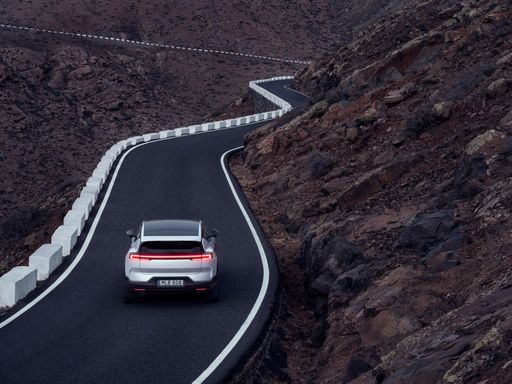 @ Polestar
@ Polestar
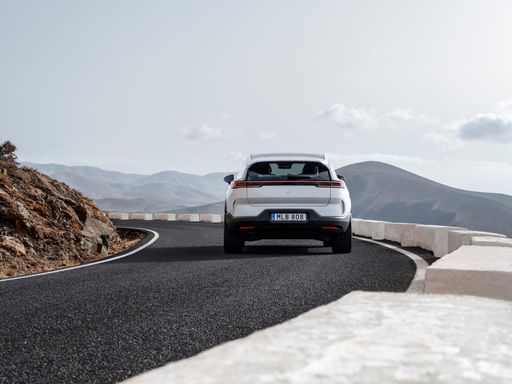 @ Polestar
@ Polestar
 @ Polestar
@ Polestar
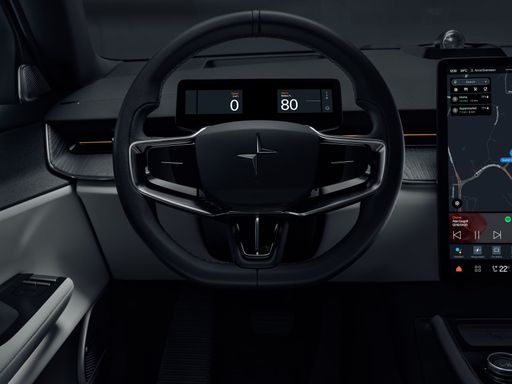 @ Polestar
@ Polestar

|

|
|
|
|
Costs and Consumption |
|
|---|---|
|
Price
20600 - 32000 £
|
Price
67400 - 79000 £
|
|
Consumption L/100km
4.7 - 6 L
|
Consumption L/100km
-
|
|
Consumption kWh/100km
-
|
Consumption kWh/100km
18.9 - 22.1 kWh
|
|
Electric Range
-
|
Electric Range
561 - 650 km
|
|
Battery Capacity
0.60 kWh
|
Battery Capacity
107 kWh
|
|
co2
107 - 135 g/km
|
co2
0 g/km
|
|
Fuel tank capacity
48 L
|
Fuel tank capacity
-
|
Dimensions and Body |
|
|---|---|
|
Body Type
SUV
|
Body Type
SUV
|
|
Seats
5
|
Seats
5
|
|
Doors
5
|
Doors
5
|
|
Curb weight
1296 - 1501 kg
|
Curb weight
2584 kg
|
|
Trunk capacity
348 - 484 L
|
Trunk capacity
484 L
|
|
Length
4239 mm
|
Length
4900 mm
|
|
Width
1797 mm
|
Width
1935 mm
|
|
Height
1575 mm
|
Height
1614 mm
|
|
Payload
399 - 449 kg
|
Payload
496 kg
|
Engine and Performance |
|
|---|---|
|
Engine Type
Petrol, Petrol MHEV, Full Hybrid
|
Engine Type
Electric
|
|
Transmission
Manuel, Automatic
|
Transmission
Automatic
|
|
Transmission Detail
Manual Gearbox, Dual-Clutch Automatic, Automatic Gearbox
|
Transmission Detail
Reduction Gearbox
|
|
Drive Type
Front-Wheel Drive
|
Drive Type
All-Wheel Drive, Rear-Wheel Drive
|
|
Power HP
91 - 158 HP
|
Power HP
299 - 517 HP
|
|
Acceleration 0-100km/h
8.5 - 14 s
|
Acceleration 0-100km/h
4.7 - 7.8 s
|
|
Max Speed
168 - 180 km/h
|
Max Speed
180 - 210 km/h
|
|
Torque
160 - 270 Nm
|
Torque
490 - 910 Nm
|
|
Number of Cylinders
3 - 4
|
Number of Cylinders
-
|
|
Power kW
67 - 116 kW
|
Power kW
220 - 380 kW
|
|
Engine capacity
999 - 1598 cm3
|
Engine capacity
-
|
General |
|
|---|---|
|
Model Year
2024
|
Model Year
2024
|
|
CO2 Efficiency Class
D, C
|
CO2 Efficiency Class
A
|
|
Brand
Mitsubishi
|
Brand
Polestar
|
Mitsubishi ASX
The Mitsubishi ASX: A Modern SUV with Advanced Features
The Mitsubishi ASX continues to be a popular choice for SUV enthusiasts, combining sleek design, impressive efficiency, and innovative technology. The 2024 model year introduces an array of improvements, making it a worthy contender in its category. In this article, we will delve into the technical details and innovative aspects of the Mitsubishi ASX, presenting why it stands out in the SUV segment.
Sophisticated Powertrains and Efficiency
Under the bonnet, the Mitsubishi ASX offers a variety of powertrain options, catering to different driving preferences. Customers can choose from petrol engines, mild-hybrid systems, and full-hybrid configurations, balancing power and efficiency effectively.
The performance spectrum ranges from 91 PS to 158 PS, demonstrating the vehicle's versatility. With a fuel consumption of between 4.7 and 6 L/100km, the ASX effectively manages fuel efficiency without compromising on performance. The car's CO2 emissions range from 107 to 135 g/km, placing it within CO2 efficiency classes C and D.
Advanced Transmission Options
The ASX offers a mixture of manual and automatic transmissions to meet diverse driving needs. Its gearbox specifications include a standard manual option and automatic options such as dual-clutch transmissions, providing a seamless driving experience. Depending on the variant, the vehicle can accelerate from 0 to 100 km/h in as little as 8.5 seconds, reaching maximum speeds between 168 and 180 km/h.
Modern Design and Spacious Interior
Externally, the ASX reflects contemporary design aesthetics, with dimensions of 4239 mm in length, 1797 mm in width, and 1575 mm in height. Internally, it accommodates up to five passengers comfortably and offers a respectable boot capacity ranging from 348 to 484 litres. Despite its spaciousness, the SUV maintains an optimal weight between 1296 and 1501 kg, which aids in delivering its intended driving dynamics.
Safety and Technology Innovations
Mitsubishi prioritises safety and technology in the ASX. It is equipped with the latest driver-assistance systems, enhancing safety and convenience. The modern infotainment system integrates smoothly with smartphones, ensuring that connectivity is at the driver's fingertips. Moreover, various trimming levels such as "Intro Edition DCT" and "Top Automatik" allow customers to select features best suited to their lifestyle, from basic utilities to luxury enhancements.
Conclusion: A Balanced SUV Choice
The Mitsubishi ASX stands out as a well-rounded SUV choice for those who prioritise efficiency, reliability, and modern technology. Its array of powertrains, stylish design, and advanced safety features make it an attractive option within its price range of €23,990 to €37,390. The ASX's 2024 model reaffirms Mitsubishi’s commitment to offering innovative yet practical vehicles to the global market.
Polestar 3
Der Polestar 3: Das Elektro-SUV der Zukunft
Der Polestar 3 stellt einen Meilenstein in der Welt der Elektro-SUVs dar. Mit einzigartigen technischen Innovationen und einer beeindruckenden Performance ist der Polestar 3 mehr als nur ein weiteres Fahrzeug: Er repräsentiert die Zukunft der Elektromobilität. In diesem Artikel werfen wir einen detaillierten Blick auf die technischen Aspekte und neuen Innovationen, die dieses Fahrzeug auszeichnen.
Design und Karosserie: Eine Symbiose aus Eleganz und Aerodynamik
Mit einer Länge von 4900 mm, einer Breite von 1935 mm und einer Höhe von 1614 mm bietet der Polestar 3 eine kraftvolle und dennoch elegante Silhouette. Seine aerodynamische Form trägt nicht nur zur beeindruckenden Straßenlage bei, sondern auch zur Effizienz des Fahrzeugs. Der großzügige Innenraum bietet Platz für fünf Personen und kombiniert Komfort mit modernem Design.
Leistung und Effizienz: Elektroantrieb auf höchstem Niveau
Der Polestar 3 ist mit einer leistungsstarken Batterie mit einer Kapazität von 107 kWh ausgestattet, die ihn in verschiedenen Varianten von 299 PS bis hin zu beeindruckenden 517 PS antreibt. Mit einer Beschleunigung von 0 auf 100 km/h in nur 4,7 Sekunden ist das Modell extrem dynamisch. Die zwei Antriebsarten – Allrad und Heckantrieb – bieten Flexibilität und Anpassungsfähigkeit je nach Vorliebe des Fahrers.
Die elektrische Reichweite des Polestar 3 liegt zwischen 561 km und 650 km, je nach gewählter Variante, und der Stromverbrauch beträgt dabei zwischen 18,9 und 22,1 kWh/100 km, was ihn zu einem der effizientesten Modelle auf dem Markt macht. Die CO2-Effizienzklasse A unterstreicht die ökologische Verantwortung des Fahrzeugs.
Innovationen und Technologie: Fortschritt in jedem Bereich
Eines der herausragenden Merkmale des Polestar 3 ist seine fortschrittliche Technik. Der Wagen ist mit einem hochmodernen Reduktionsgetriebe ausgestattet, das eine sanfte und effiziente Kraftübertragung gewährleistet. Das Performance Paket bietet zusätzliche Features, die das Fahrerlebnis optimieren, und eine maximale Geschwindigkeit zwischen 180 km/h und 210 km/h ermöglicht.
Weitere Innovationen umfassen ein modernes Infotainmentsystem, das durch intuitive Bedienbarkeit und nahtlose Konnektivität überzeugt. Zudem kommt das Fahrzeug mit fortschrittlichen Sicherheitsfunktionalitäten, die für maximale Sicherheit und Komfort sorgen.
Preisklasse und Wirtschaftlichkeit: Qualität trifft auf Wert
Der Polestar 3 liegt im Preisbereich von 78.590 bis 92.190 Euro. Die Kosten pro Kilometer bewegen sich zwischen 74,5 und 80,3 Cent, was, in Verbindung mit den geringen Betriebskosten eines Elektrofahrzeugs, einen langfristigen wirtschaftlichen Vorteil bietet.
Zusammengefasst ist der Polestar 3 ein herausragendes Beispiel für die Verschmelzung von Leistungsfähigkeit, Effizienz und technologischem Fortschritt. Er stellt eine attraktive Option für all jene dar, die ein Top-Elektrofahrzeug suchen, das keine Kompromisse bei Stil, Innovation und Umweltbewusstsein eingeht.
The prices and data displayed are estimates based on German list prices and may vary by country. This information is not legally binding.
